With the continuous growth of the new energy vehicle market, the related supply chain industries have also experienced a surge. As one of the most critical components, lithium batteries account for 40%-50% of the cost. In the production of lithium batteries, the cathode material accounts for approximately 36% of the total cost. As a result, the demand for cathode materials has grown exponentially, and the efficient operation of cathode material production lines relies heavily on various flow measurement instruments.
New Energy Industry
Taking the production process of ternary precursor cathode materials for lithium batteries as an example:
Raw Material Solution Preparation from Waste Battery Treatment
- Leaching Workshop: Electromagnetic flow meters are utilized to precisely measure the flow of sulfate solution, concentrated sulfuric acid, acid-base tank feed, leaching reaction tank discharge, and slurry, ensuring the accuracy of the entire reaction process and the quality of the final product.
- Extraction Workshop: Electromagnetic flow meters are required for precise process control of the flow in the acid-base circulation tank, clarification tank, extractant storage tank, and purified water eluate, in order to generate the final raw material solution in line with the process requirements.
Preparation of Raw Material Solution from Purchased Sulfate Crystals
- In this process stage, electromagnetic flow meters monitor the dosing of materials in metal dissolution tanks (dosing), cobalt liquid storage tanks, metal solution storage tanks, ammonia water storage tanks, liquid caustic storage tanks, and concentrated intermediate tanks. Flow meters play a critical role in ensuring the accurate material ratios, which is essential for the proper formulation of raw materials.
Application:
Flow Meters in Lithium Battery Production
Requirements:
High Precision / Corrosion Resistance
Interference Resistance / Reliability
Aplikace
In the production process of lithium iron phosphate battery cathode materials, electromagnetic flow meters play a crucial role:
- Measuring Raw Material Inlet Flow
To ensure precise mixing and control of raw materials, electromagnetic flow meters accurately measure the flow of various raw materials and provide feedback to the automatic control system for adjustment.
- Monitoring Reaction Fluid Flow
In processes like sintering and ball milling, electromagnetic flow meters monitor the flow of reaction fluids in real-time, ensuring sufficient mixing of reactants and improving product quality and process efficiency.
- Controlling Wastewater Discharge
Electromagnetic flow meters play an important role in wastewater discharge, monitoring the discharge volume in real-time and using automatic control systems to rationalize wastewater discharge and reduce environmental impact.
Requirements
As production processes become more complex, the lithium battery industry has higher requirements for electromagnetic flow meters, which include the following:
- High Precision: Electromagnetic flow meters need to offer high precision and stability to ensure accurate measurement of reaction liquid flow, thus guaranteeing efficient and precise production processes.
- Corrosion Resistance: Since production involves highly corrosive substances such as acids and alkalis, the sensors and pipes of electromagnetic flow meters must be made from corrosion-resistant materials to ensure long-term stable operation.
- Interference Resistance: Due to the presence of noise, electromagnetic interference, and other factors in the production environment, electromagnetic flow meters need to be equipped with anti-interference technology to eliminate the impact of external disturbances on measurement accuracy.
- Reliability: Electromagnetic flow meters must be highly reliable and durable, able to operate stably for extended periods in production processes, ensuring long-term stability and high efficiency of the equipment.
Product used
Flanged Electromagnetic Flow Meter (MTF-F-100)
- Nominal Diameter Range: DN 15 to 3000 (½” to 120″)
- Accuracy: Standard ±0.5 %, Optional ±0.2 %
- Measuring Range: 0.3 m³/h to 125000 m³/h
- Max. Process Pressure: 100 bar (1450.38 psi)
- Ambient Temperature Range: -25ºC ~ 60ºC
- Ambient Temperature Range: -25ºC ~ 60ºC
- Outputs: 4-20 mA, Frequency, Pulse
- Digital Communication: RS485 (HART and others on request)
- Power Supply: DC 24 V / AC 100 to 240 V
- Medium Electrical Conducitvity: ≥5µS/cm
Benefits
- Improved Accuracy: Metlan electromagnetic flow meters have an accuracy of 0.5%, whereas flow meters on the market typically have an accuracy between 3-5%. Based on customer requirements, we can achieve an accuracy of 0.2%. Each flow meter is calibrated and assigned a unique serial number corresponding to all calibration data. The calibration equipment meets the national standard JJG 164-2000.
- Cost Savings: Precise measurement, reduced errors, improved billing accuracy, and avoidance of revenue loss.
- Customization: Flow meters can be customized according to actual working conditions and environmental requirements, such as the lining and electrodes, ensuring the flow meter is suitable for specific environments and operates stably over the long term.
More Recommended Flow Meters
In addition, Metlan Instruments provides more professional flow measurement instruments for the lithium battery industry:
Vírové průtokoměry
- It helps monitor changes in liquid flow during the preparation of cathode materials, enabling the control of key parameters such as feeding speed and reaction rate, thus managing the material preparation process and ensuring product quality stability and consistency.
- Additionally, the vortex flow meter can also be used for flow control and ratio control, ensuring precise control of the liquid components during the preparation of cathode materials, thereby improving production efficiency and product quality.
Coriolisovy průtokoměry
- The mass flow meter is used to measure the mass flow of liquids, offering high measurement accuracy that is unaffected by changes in medium density or temperature. Additionally, it can provide multi-parameter measurements. In the slurry milling stage of the lithium iron phosphate cathode material production line, mass flow meters are commonly employed to measure the mass flow of the slurry.
- These meters ensure precise monitoring of the slurry’s mass flow rate, which is crucial for maintaining the consistency of the milling process. By accurately controlling the slurry flow, the production process can be optimized, ensuring uniform material properties and improving overall product quality. The high precision of mass flow meters in such applications is vital to achieving the desired performance characteristics in the final cathode material.
Průtokoměry
- The metal rotor flow meter can help monitor changes in liquid flow during the production of cathode materials, enabling precise control over key parameters such as material feed rate and reaction speed. This ensures the stability and consistency of the product quality throughout the preparation process.
- Additionally, metal rotor flow meters are also used for flow control and proportioning, ensuring the accurate control of liquid components during the cathode material production process, thus improving production efficiency and product quality.
Conclusion:
As the lithium battery industry continues to grow in response to the rising demand for new energy vehicles, the need for precise and reliable flow measurement in the production of cathode materials becomes increasingly critical. Přístroje Metlan‘ flow meters, with their high accuracy, corrosion resistance, and ability to handle complex process requirements, play a key role in ensuring the efficient and consistent operation of production lines. From precise ingredient measurement to real-time monitoring of reaction fluids and wastewater discharge, these instruments are indispensable in controlling critical parameters that directly impact product quality, process efficiency, and environmental sustainability. As the industry evolves, the demand for advanced flow measurement technologies will continue to rise, necessitating equipment that meets the highest standards of precision, durability, and interference resistance.

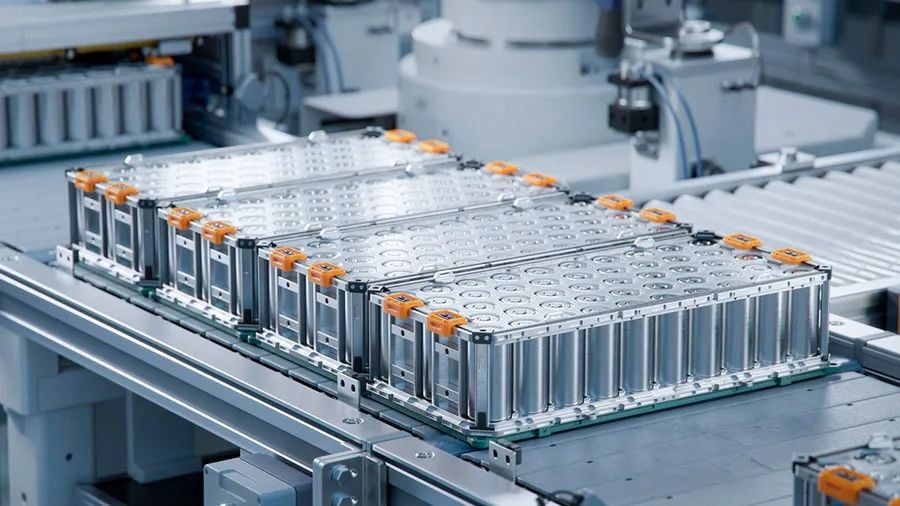
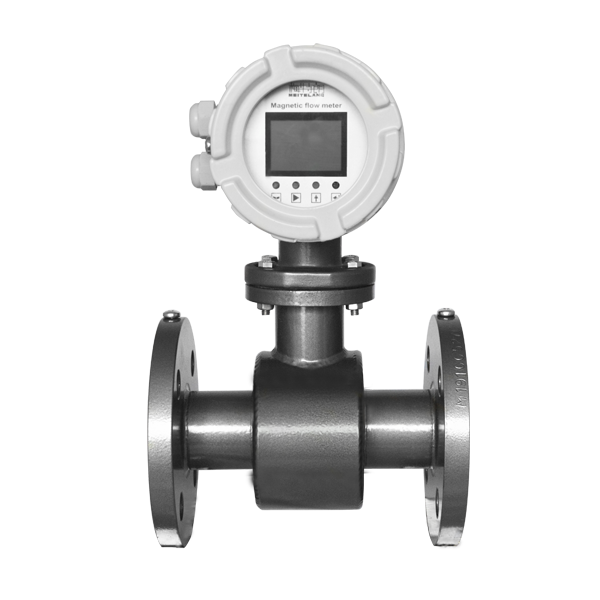
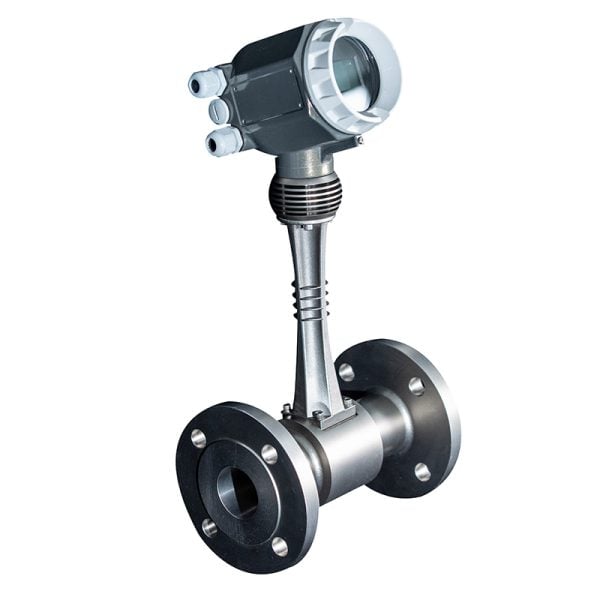
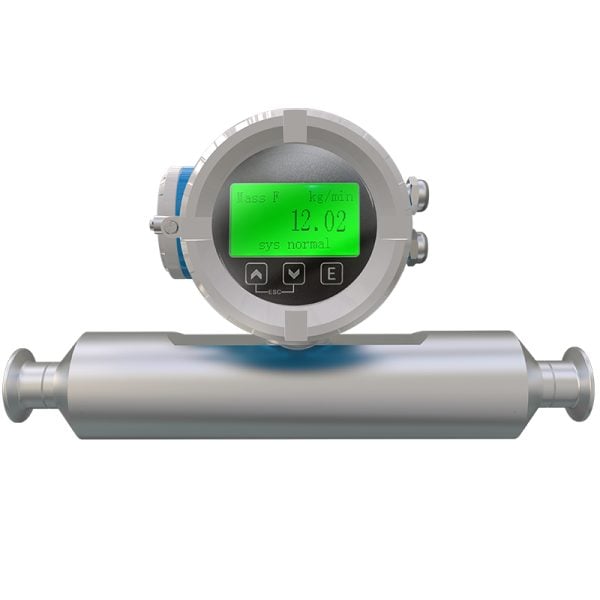
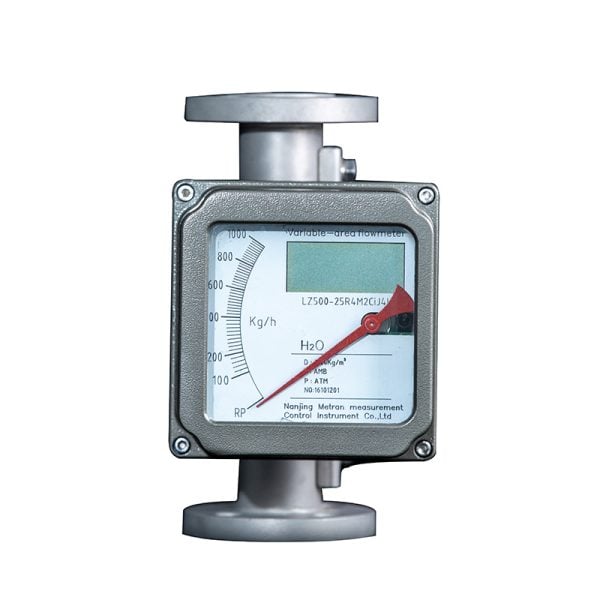
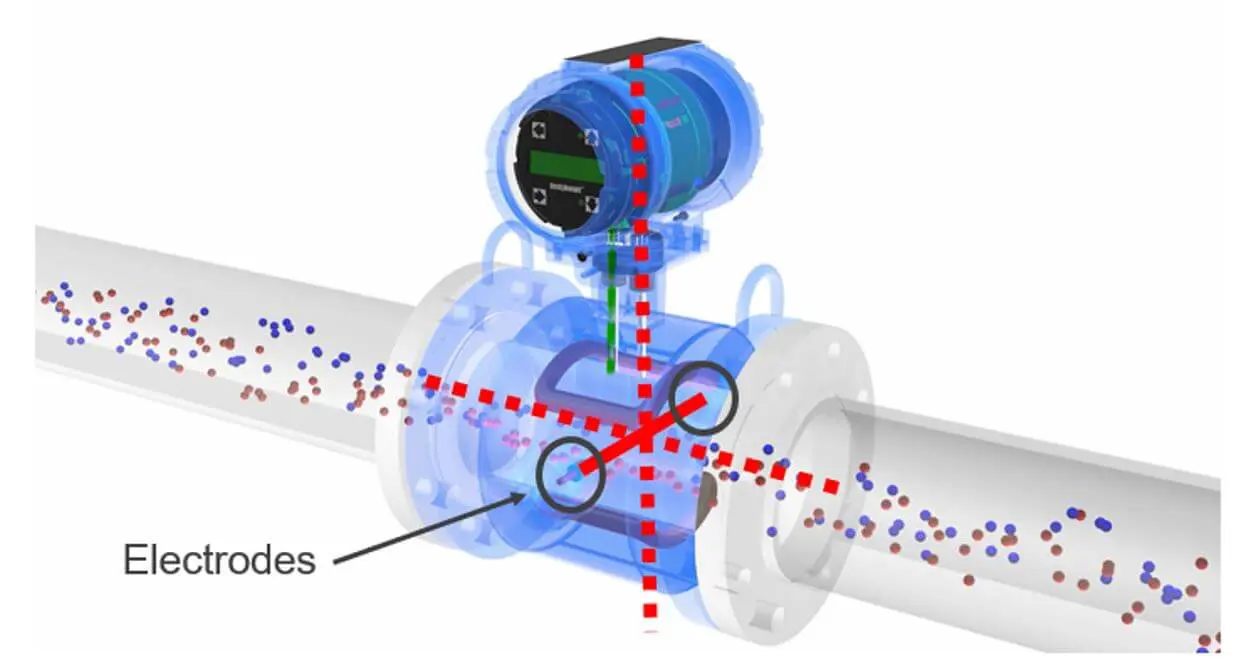
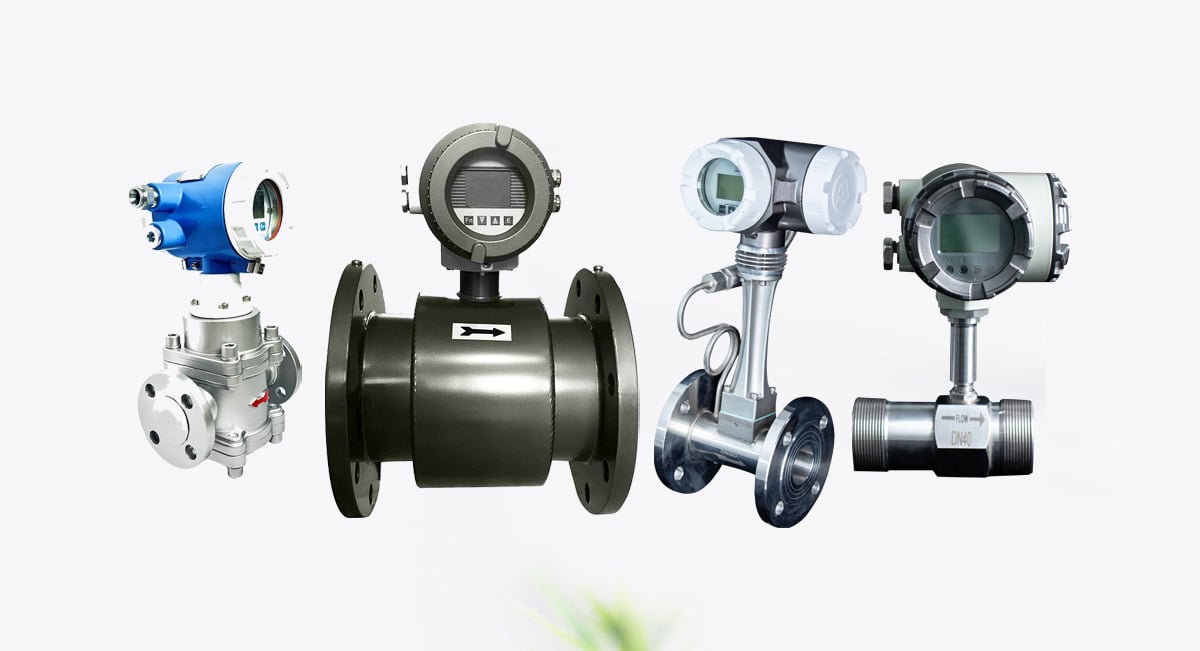
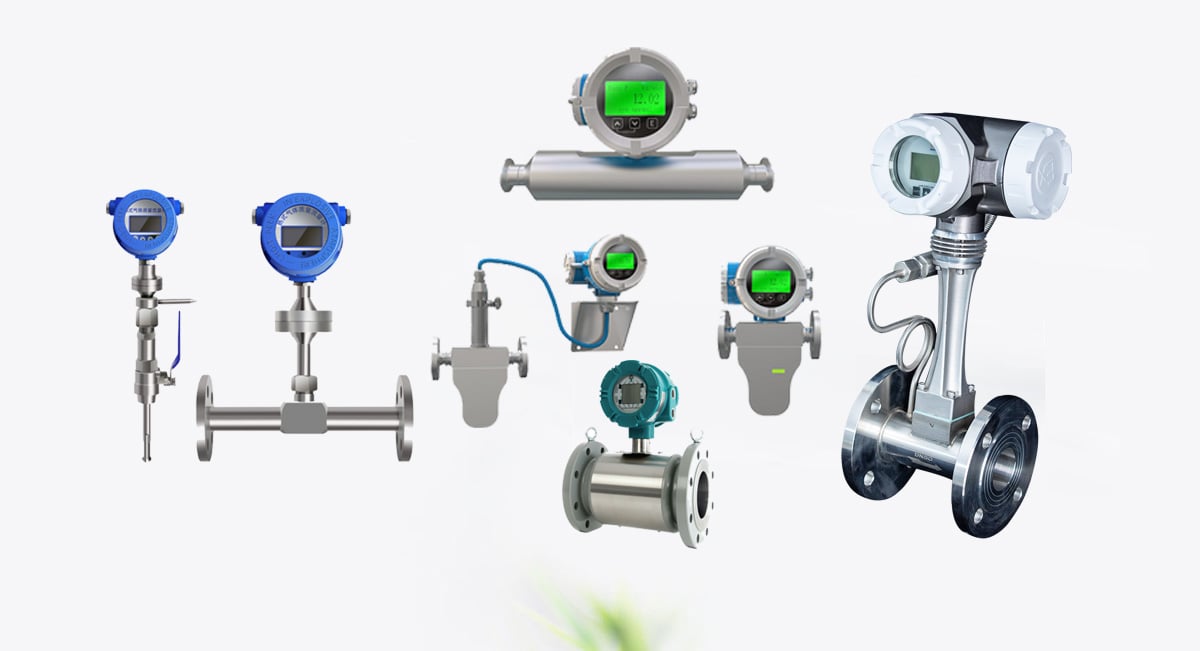
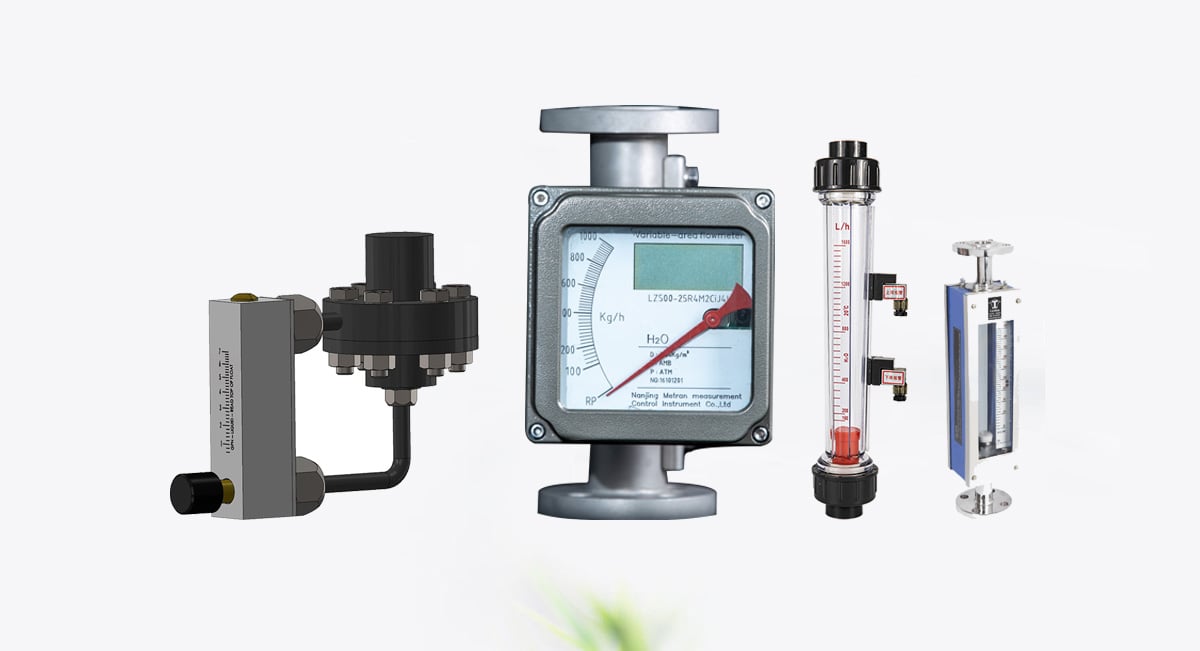
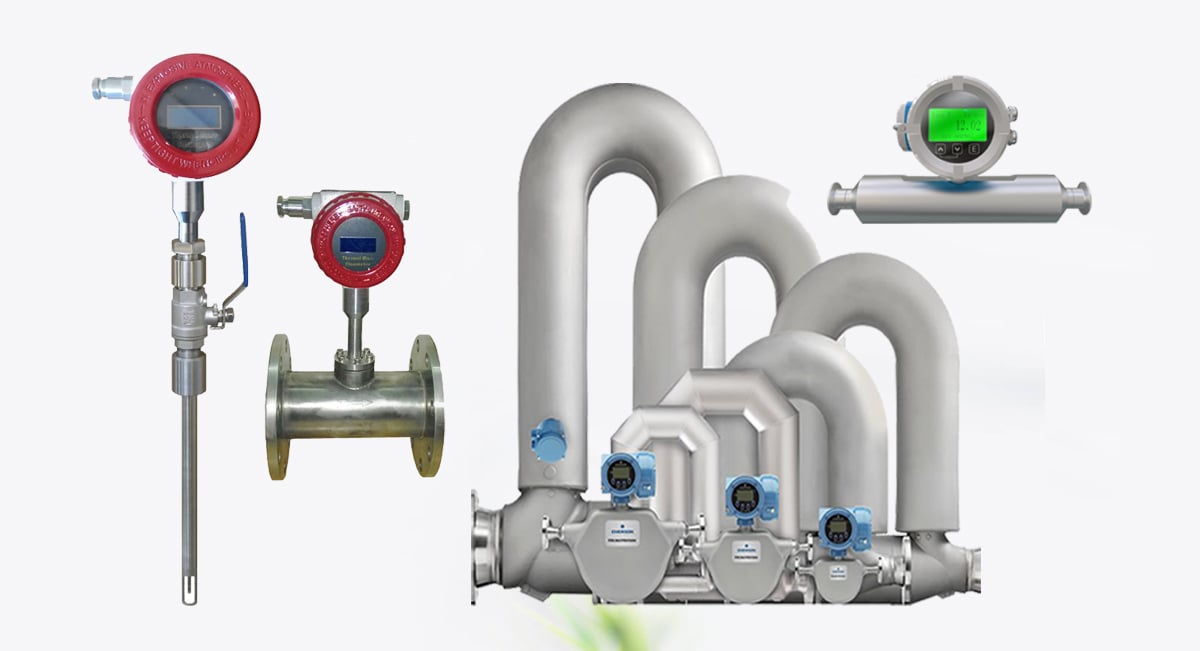
Zanechat komentář